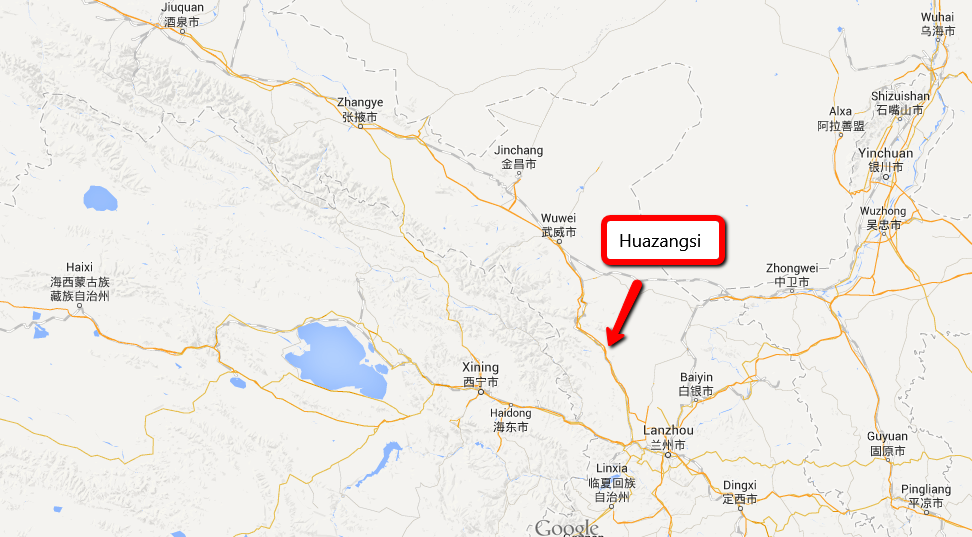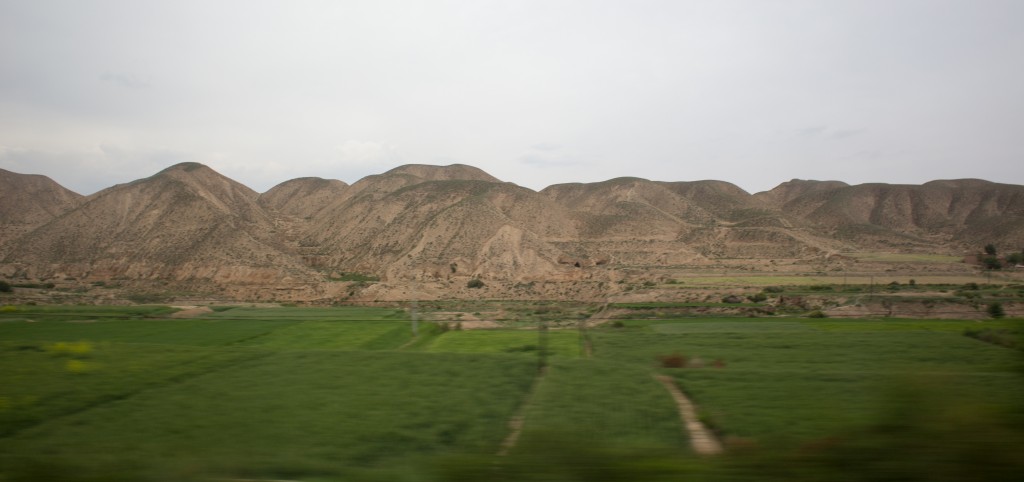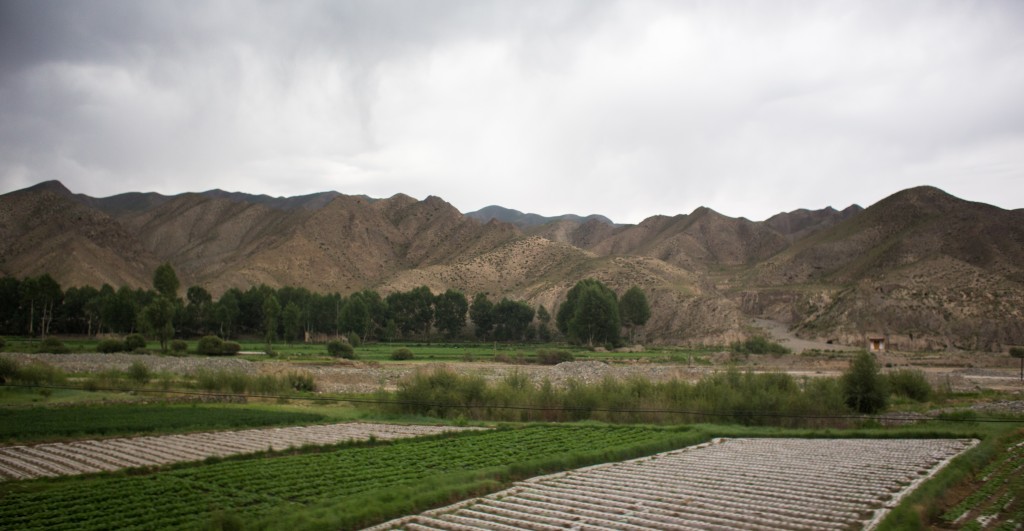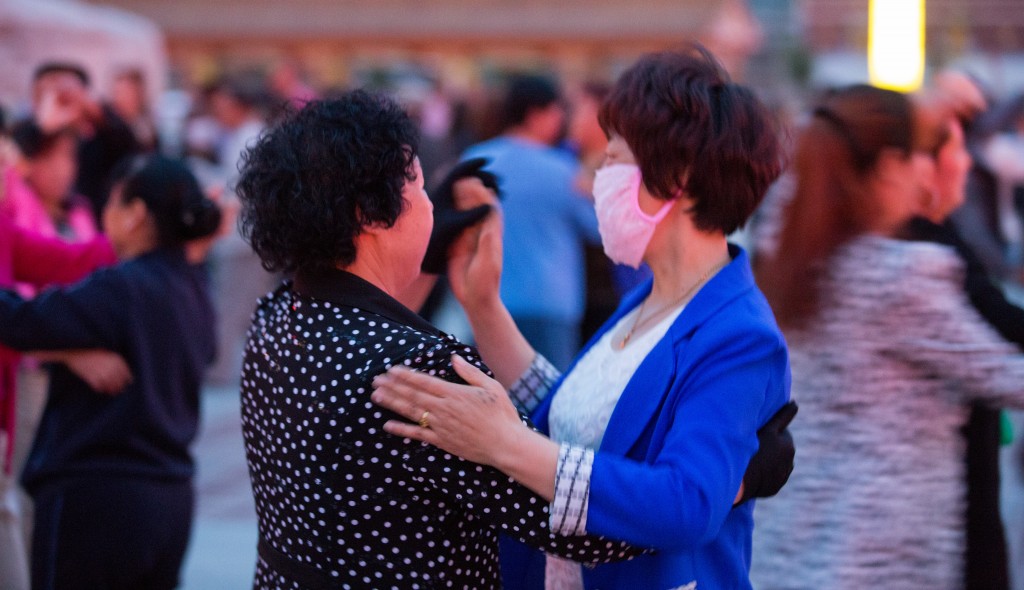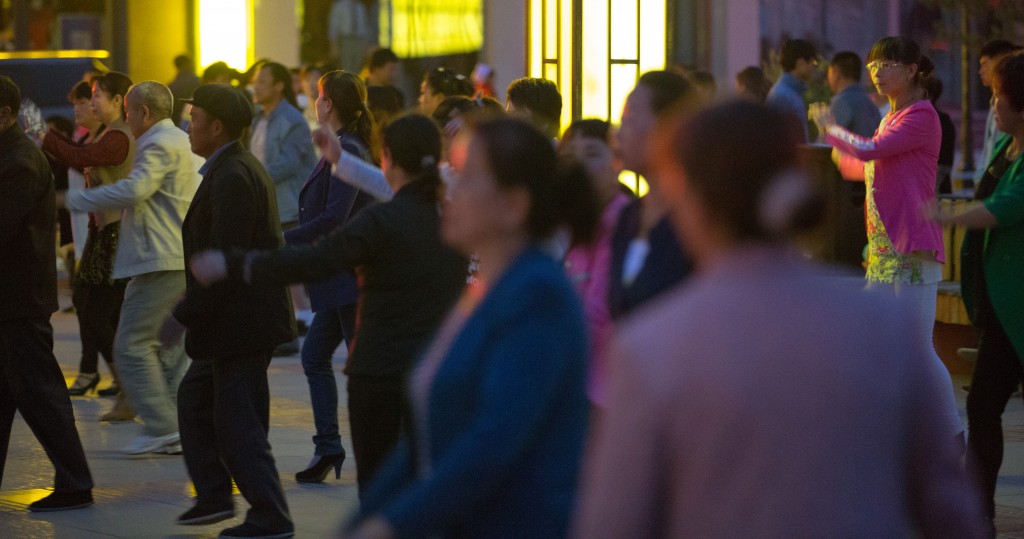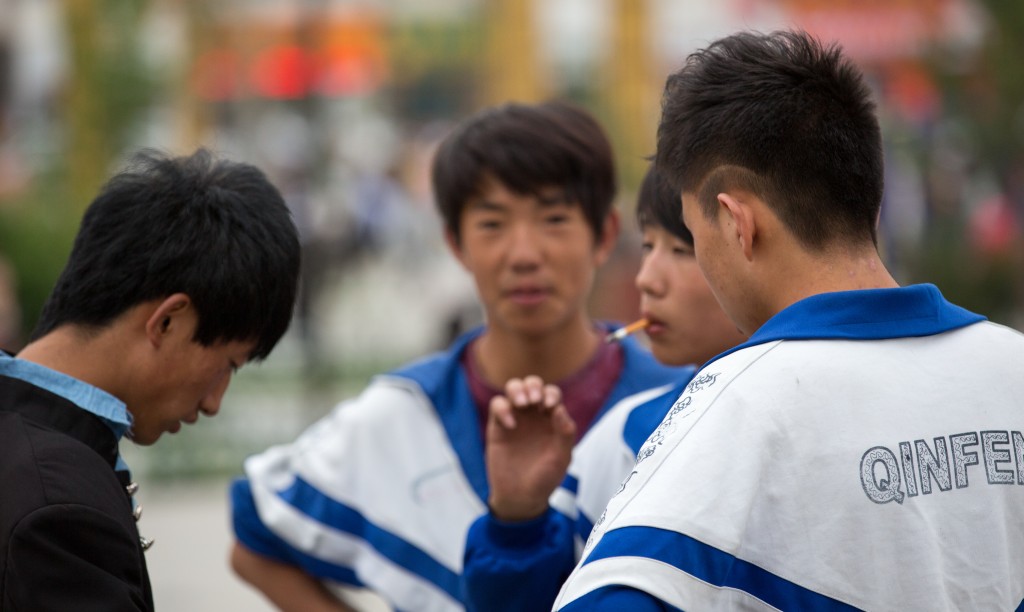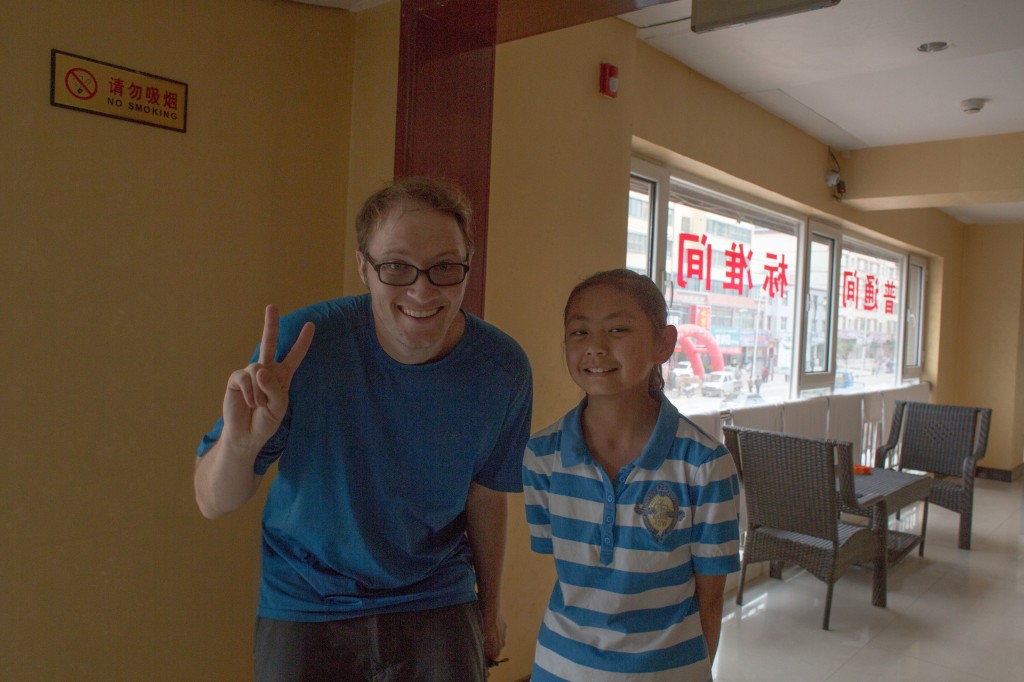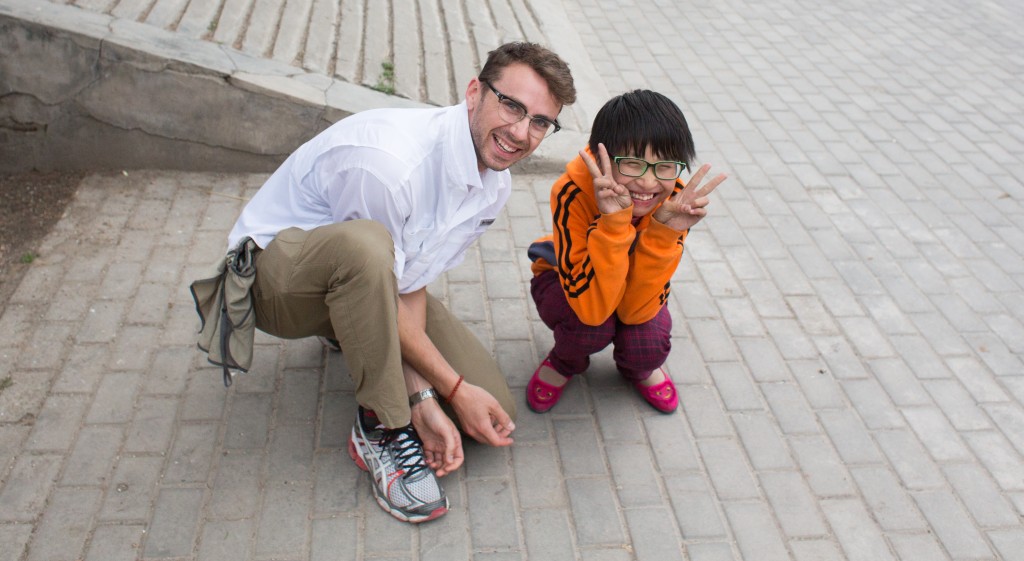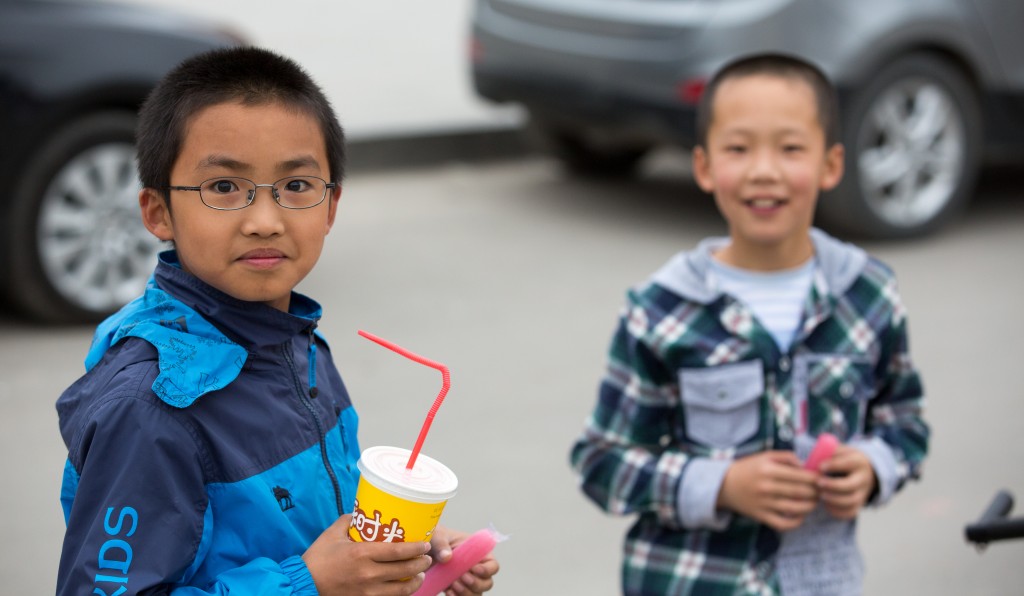The invitation came unexpectedly. An old friend on Facebook saw that the post I put up on our Silk Road Hitchhiking project. She contacted me in a message, telling me that a friend of hers was in Huazangsi, in Tianzhu County, just along the Silk Road in the Gansu Corridor, and she and an Australian friend were planning on doing a hike up to a nearby mountain considered sacred to the Tibetans. Would we like to join?
Of course.
It was chilly when we arrived in Huazangsi. Only a few days before, we had been pouring sweat on the streets of Xian, the heat almost overwhelming, but, here in Huazangsi, the temperature was in the high 50’s Fahrenheit in June. I had to throw on a long-sleeved shirt. On either side of the valley floor, dirt brown hills grew barren of any sign of life on them. Further on, we could see distant mountains peaking through the horizon. The next day, we would be climbing out in those mountains.
We eventually met up with our Tibetan and Australian friends and made plans for the hike the next day. The square where we met them had hundreds of people line dancing in the darkness beneath the twenty-five foot statue of the White Yak, a local variety of the burly beast which the Tibetans were particularly fond of.
Most of the dancers in the square were Han Chinese, but, this far out, I could see slight differences in appearance of these Han, when compared with the Han of Xian or Beijing. Their faces were slightly redder, their skin tanned by the unforgiving Tibetan sun. They spoke a kind of Chinese that I was having trouble understanding. The number one, normally pronounced “yi” in standard Mandarin, was here pronounced “ji.”
Though most of the people living in the town of Huazangsi were Han, Tianzhu County was a Tibetan County, and, over the years, the town had developed a sizable population of Tibetans coming in off pasture lands to give city life a try.
When we had first conceived of this trip along the Silk Road, I had been afraid of the heat, not the cold. Yet, as the sun set, the temperature dropped into the forties fast. We were above three and a half thousand feet in a small town which Silk Road traders had once passed by. Tibetans and Han Chinese mixed amicably as the line dance music wafted across the square, these cultural interchanges the heritage of this long passed network of traders.
This is not the Silk Road I had expected.
Don’t miss a single video from our adventure. Click the red Youtube button below to subscribe!
Don’t miss a single video from our adventure. Click the red Youtube button below to subscribe!
